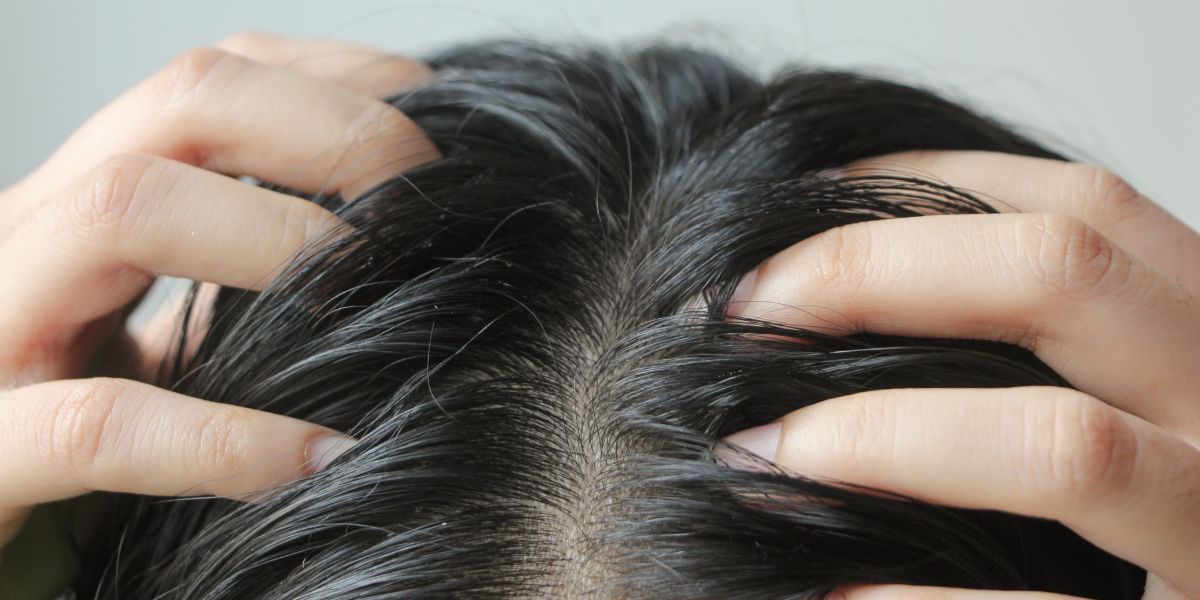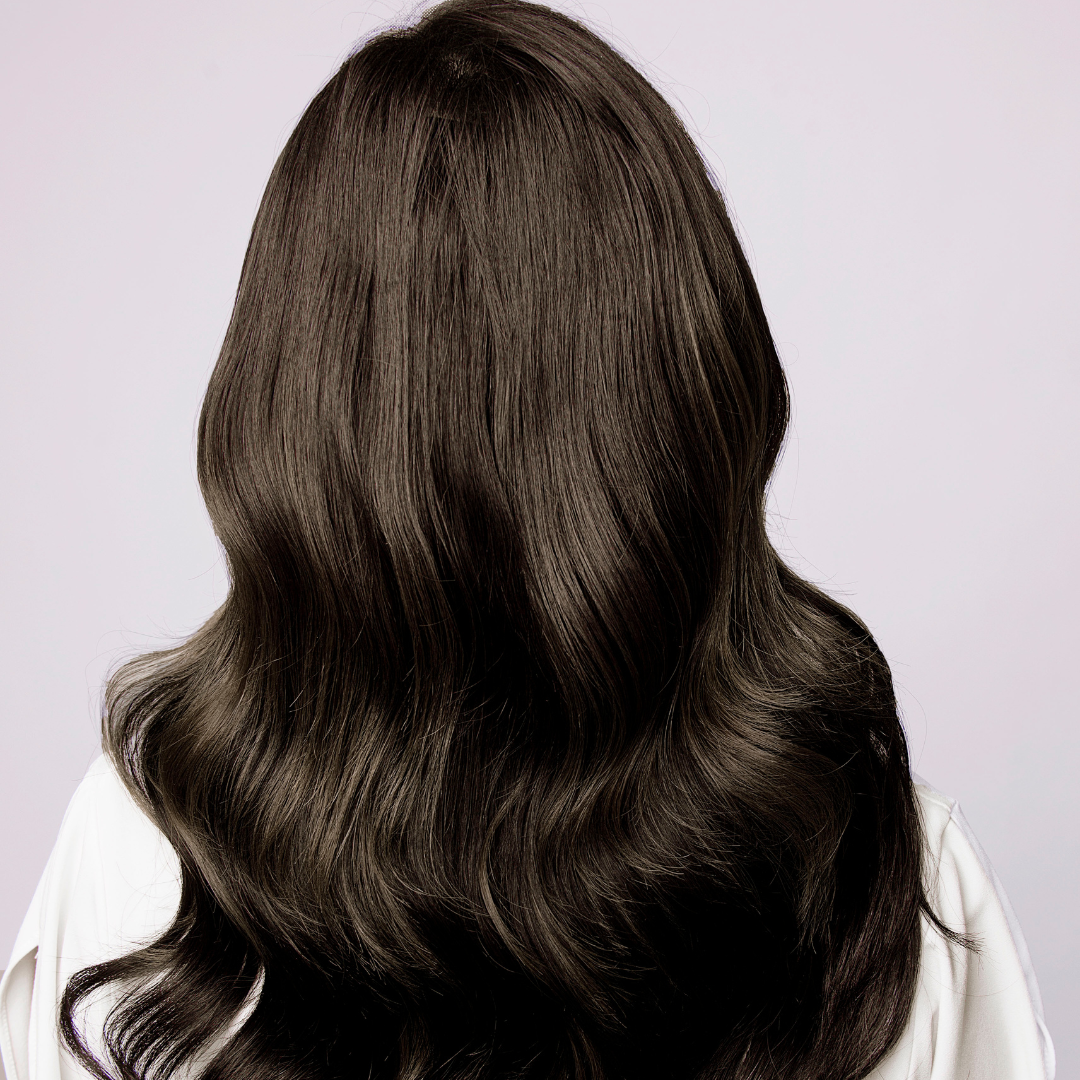Amla is loaded with the beneficiary vitamin C which can bring significant improvements to your hair and skin. It is a storehouse of nutrients and vitamins that makes it a must-have in your hair and skincare routines. Having a wide range of positive impacts for both hair and skin, let us understand the different effective ways to use amla for better hair and skin.
1. Amla juice for beautiful and young skin
The most fable way of using amla without losing any of its benefits is by juicing it. This healthy beverage is quite easy to make, as you just require amla and water.
- Take amla and a glass of water.
- Put both of them in a blender and blend them together.
- Drink this juice daily or 3-4 times a week for best results.
- If you have amla powder, just mix it with water and you're good to go.
2. Face mask for radiant and naturally glowing skin
One can fight against the majority of skin problems with easy DIY face packs of amla. You will be needing amla powder, honey, and yogurt. However, if you have oily skin, get amla powder and rose water.
- Take amla, honey, and yogurt.
- Mix all of them into a fine paste to make a face mask.
- Now leave it on for 15-20 minutes till it dries.
- Use cold water to rinse it off.
- If you have oily skin, mix two proportions of amla powder with some rose water.
- Mix all of them together till you have a consistent mixture.
- Apply this face pack on your face.
3. Hair pack for thicker and healthier hair
Amla has several proven benefits for the hair. For years it has been used as a medium to getting thicker and healthier hair. You will be needing amla and any other ayurvedic ingredient (shikakai) along with it.
- Take amla powder and shikakai powder in equal amounts.
- Add both of them together in a bowl.
- Add water to it and mix all of them together to make a smooth paste.
- Apply this paste to your hair as well as the scalp.
- Leave the hair pack on for 30-40 minutes.
- After that use cold water to wash it off.
4. Hair tonic for prevention of hair damage
Combining amla with a carrier oil to make a hair tonic is known to be very beneficial for hair. You will need a carrier oil such as almond or coconut oil and the amla fruit to make this hair tonic.
- Boil some dried pieces of amla in the coconut oil.
- Continue to boil till the liquid turns into brown colour.
- Pour it into a bottle and leave it till it becomes a bit cooler.
- Use the hair tonic to massage your scalp as well as hair.
- Alternatively, one can use almond and other such carrier oil also.
- Leave the hair tonic on for an hour or so before washing it off.
5. Liquid solution for hair growth
You can prepare an oil-like substance with the help of amla and lemon juice. Take lemon and amla and follow the steps given below.
- Add a tablespoon of amla and lemon juice to a plastic or glass bowl.
- Mix everything well for 5-7 minutes till it turns into a fine mixture.
- Leave it on for 10 minutes.
- Now wash your hair with a mild sulphate-free shampoo.
- Repeat this process twice a week.
Amla is a proven ayurvedic herb that can be a game-changer for your skin and hair as well. Using it in any form will be beneficial for overall health and prevent your hair and skin from problems and damages.




